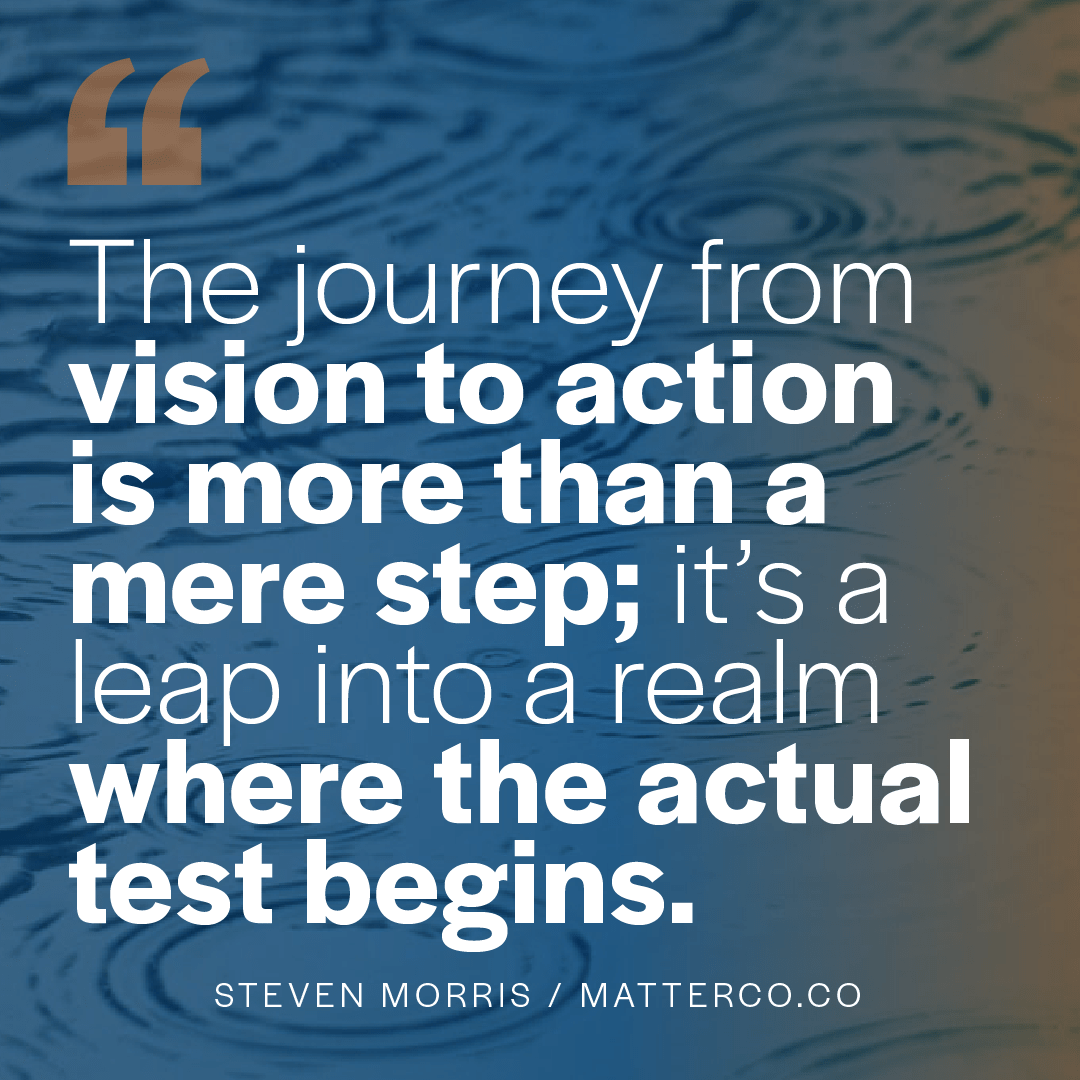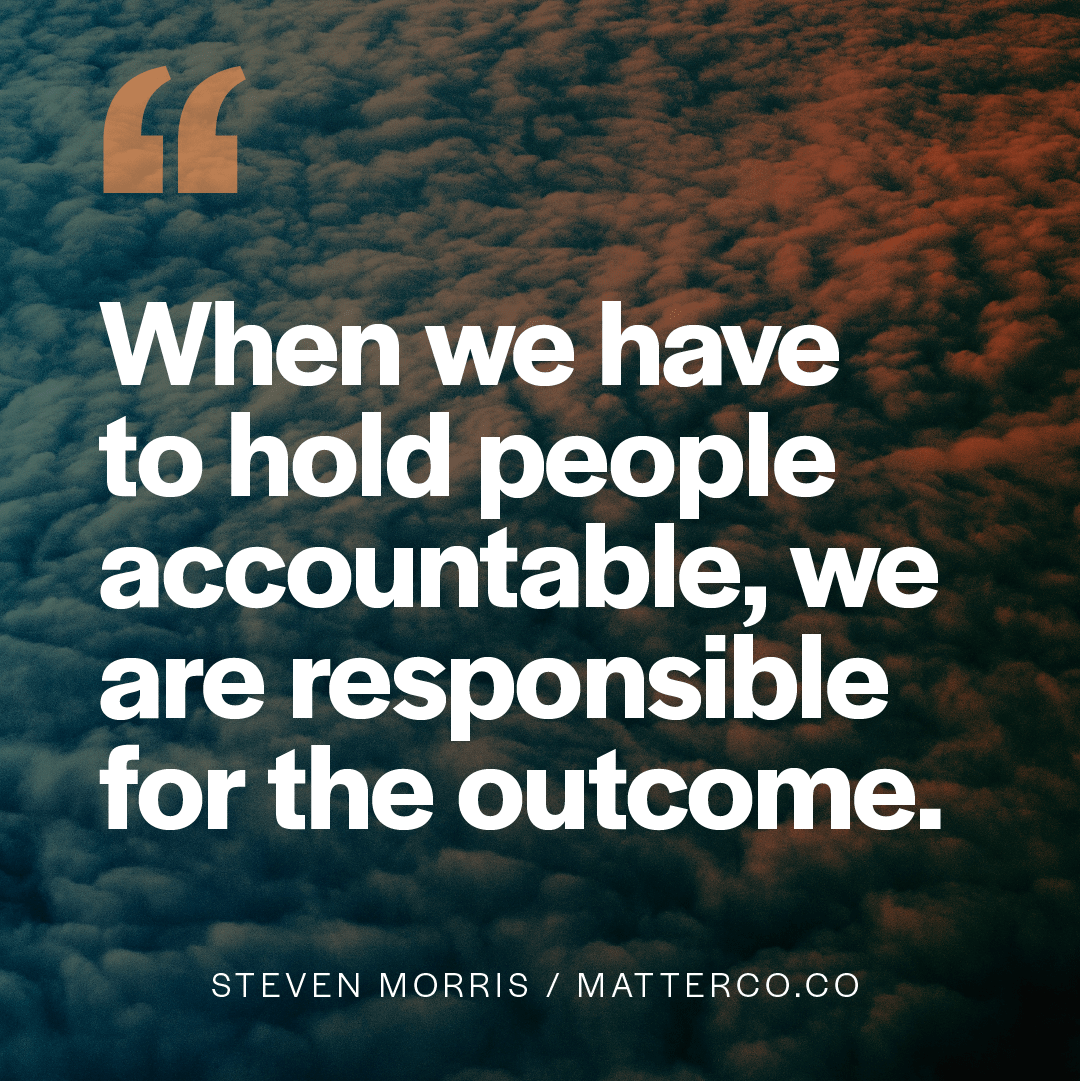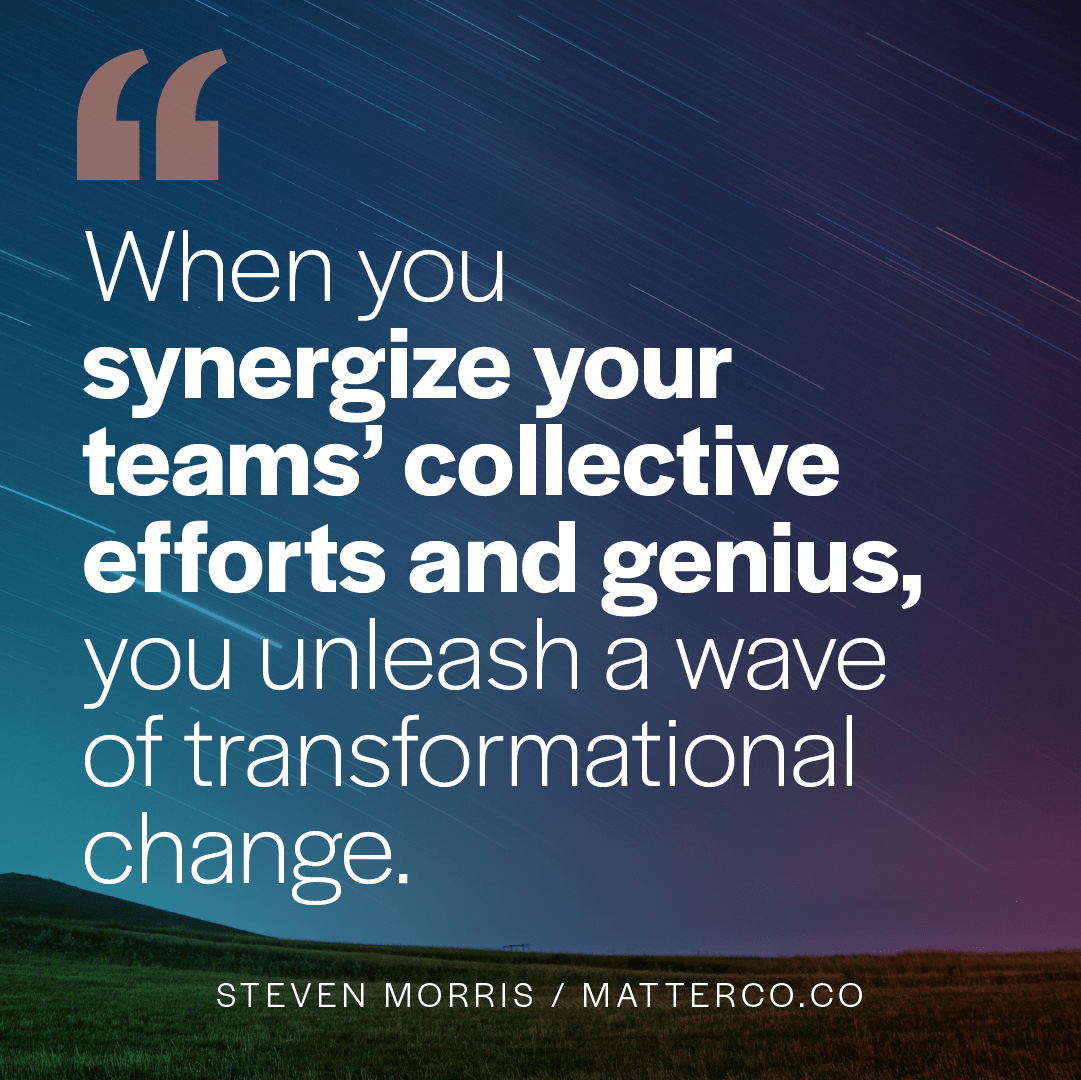
Building Brand Loyalty
Five keys to creating brand affinity
The current marketplace demands that brands work with heart to create meaningful differentiation and authentic engagement. The brands that intimately know the wants and needs of their customers, and speak to them through connected and emotional values, can create a form of brand loyalty that lasts and pays dividends.
Building brand loyalty requires a deeper commitment on behalf of the brand. It takes a courageous brand to embark on this commitment.
For 20 years Brand Keys has tracked brands “that engage customers, engender loyalty and drive real profits” through their Consumer Loyalty Engagement Index (CLEI). Like the brands listed in the index, knowing what makes your brand unique and how that connects to your customers will make a world of difference on your marketing and the bottom-line of your company. Here are five keys:
- Begin and End with Purpose
Brand purpose sits at the center of your company. The truth is you can’t obtain authentic brand loyalty if you don’t have a clearly articulated purpose consistently communicated through all brand touch points and that offers a clear promise for your customer.
The purpose of your brand is the answer to the most critical questions your organization faces:
- Why do you exist?
- What reason for being do you have beyond simply making money?
The answers to these questions should be clear when you speak to your target audience. They want to know your “why” and knowing the answer can make the difference between a purchase and long-term loyalty.
Taking the approach that you’re not in the business of selling products but rather delivering something of value to the world of your customers is the most important step in building brand loyalty.
- Love Thy Customer
One of the most important things you can express to your customer is that they are truly valued by you. Knowing that you don’t see them as a transaction, but as part of the family, they commit to purchasing more of your products or services and share those experiences with their friends and family. They become advocates and ambassadors of the brand to their circle of influence.
Also, if you listen to them, they provide free yet invaluable feedback on your product or services. They spread word-of-mouth marketing for your brand via social media and, more importantly, face-to-face. Keep in mind that only 7% of social connections happen through social media and a face-to-face recommendation is ten times more powerful than one shared on Facebook.
- Engage Them with Your “Best Thing”
Your brand will never be all things to all people, so stop trying to reach and please everyone. Instead, know the one single thing that your brand is best at, and do this with excellence and a sense of service.
Paul Roth, President of Retail Sales and Service at AT&T says, “We know that if we greet you within ten feet and ten seconds, your overall perception of AT&T is better—you’re more likely to say that we have friendly people.” This intentional greeting has several key components: a warm handshake, a smile, eye contact, offering a name, asking for a customer’s name in return, and inquiring about the nature of the visit.
Why does this matter? Engaged consumers buy 90% more frequently, spend 60% more per transaction, and are five times more likely to indicate it is the only brand they would purchase in the future. All of these factors lead to engaged customers delivering three times the value to the brand over the course of a year (Rosetta).

- Make a Promise and Deliver
Your brand promise is what you promise to consistently deliver to your customers. The best brands deliver on that brand promise in every customer interaction. The brand promise delivered consistently develops customer expectations. They trust and expect that your brand will deliver on those expectations and its promise in every interaction.
A “fully engaged” customer (those with a strong attachment to the brand, or brand ambassadors) deliver a 23% premium over the average customer in share of wallet, profitability and revenue (Cap Gemini).
Customers remain only as long as they trust that a brand will make good on its promise. If a brand fails to deliver on its promise, customers begin to lose faith.
- Connect with Emotion
The biggest stumbling block for many brands is the struggle to engage emotionally with customers. Going through the motions won’t cut it. Brands need to humanize their marketing.
According to the Brand Keys report, the number of new brands added to the list points to customers looking for brands that might better meet their expectations, particularly on the emotional side of the purchase consideration. A few of the 36 new brands included: Microsoft Surface, Denny’s, Skull Candy, Reddit, Pinnacle Vodka, Kashi, Anthropologie and Lyft.
Brand loyalty checklist:
- Is your brand communication emotional and “human”?
- Is your brand promise implied and woven into your communication?
- Are your social media accounts communicating the brand purpose and promise clearly (i.e. is everything “on brand”)?
- Are you consistent in your branded communication across all touchpoints?
- Do your social channels offer any unique insights into your services or products?
Ready to Go Deeper?
If you’re looking to further your knowledge on brand loyalty and how to cultivate it for your business, contact us about our Brand Loyalty workshops and programs.
If you want a more trusting team, a culture of belonging or a magnetic brand that attracts more of the right customers, I can help. If you'd like to explore if working together makes sense, drop me a line.







